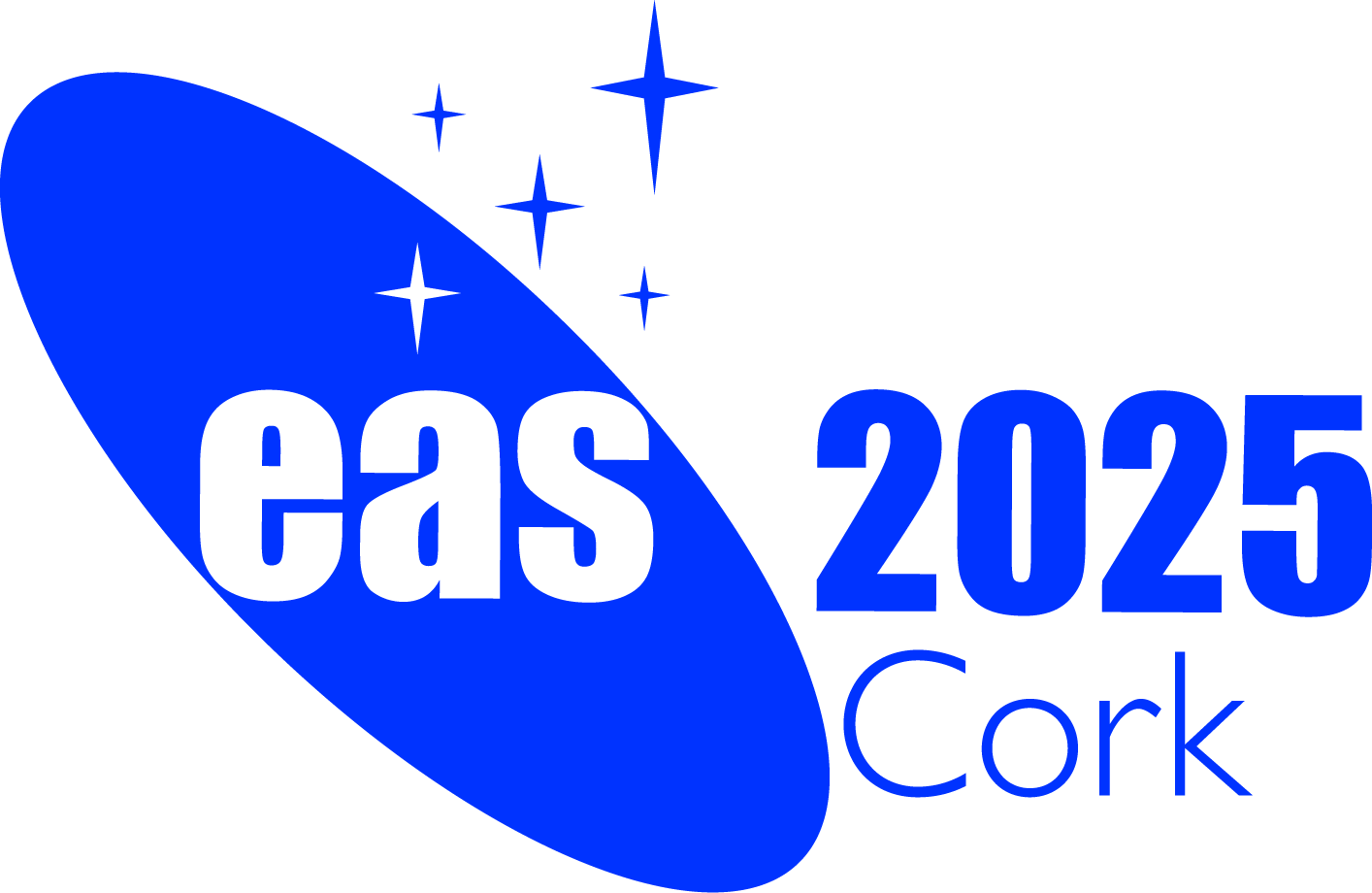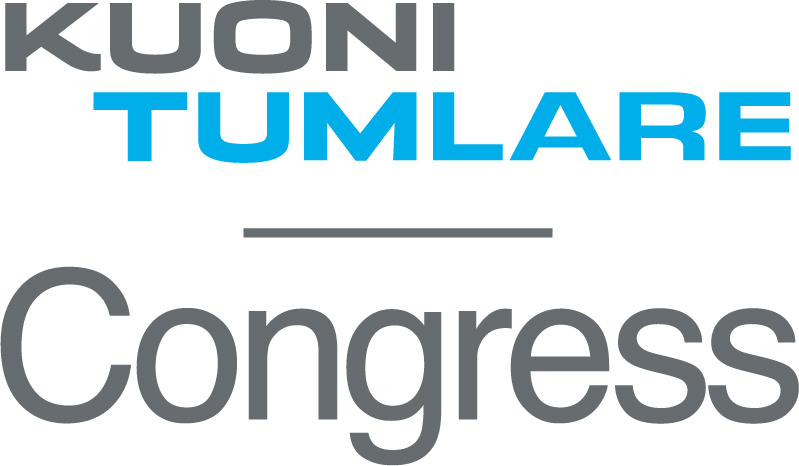Special Session SS35
26 June 2025
Cracking Cosmic Collisions: Cutting-Edge Tools to study galaxy mergers
News:
Please keep an eye on this webpage for the final list of invited speakers!
Aims and scope
Mergers and interactions are a fundamental mechanism for the evolution of galaxies. They are expected to trigger violent episodes of dust-enshrouded star formation (so-called "starbursts"), intense activity of the central supermassive black hole, and significantly alter the morphology of the interacting galaxies.
Cosmological models and simulations support the importance of mergers in galaxy formation.
These indicate that the growth of structures is hierarchical and predict that the number of mergers increases with redshift. Yet, recent ALMA and JWST observations suggest that galaxies in the distant Universe, and especially at redshifts z ~ 1 - 3 when the volume-averaged star formation rate density of the Universe reaches its peak (the so-called "cosmic noon"), are predominantly forming stars in large, rotating discs. This suggests that galaxy growth at cosmic noon is regulated by gas accretion and feedback, leaving the role of mergers at this epoch still under debate.
Assessing the impact of mergers in the distant Universe presents several challenges. Merging galaxies often exhibit peculiar shapes and low surface-brightness features, requiring deep, high-resolution observations for accurate identification. Angular resolution and depth are also crucial in kinematics studies, as the orbital motion of interacting galaxies can mimic disc rotation. Mergers trigger starbursts in dust-enshrouded environments, necessitating a multi-wavelength approach on spatially-resolved scales to account for strong dust attenuation gradients on kiloparsec scales. Finally, since mergers occur on short timescales, wide-field observations are needed to build statistically significant samples of these rare events.
Simulations can provide key insights into the limitations of observational studies. Idealised galaxy simulations have often been used to achieve sufficient resolution, but these lack information on the galaxies' complex environment which can have a profound impact on the physics of the merger itself, and its predicted observational signatures. Meanwhile, cosmological simulations are only now beginning to reach the resolution required to model the intricate physics of galaxy interactions. It is thus unclear if simulations are still missing key elements for modelling mergers and to what extent this may bias the interpretation of observational results.
With this focused special session, we aim at bringing together theorists and observers to discuss the selection of mergers and their role in the evolution of distant galaxies beyond z > 1, and to foster synergies between both communities. This comes at a critical moment as new-generation simulations are finally resolving gravitational instabilities on small spatial scales, while the synergy between JWST and ALMA is allowing us to shed light on the stellar populations hidden behind the veil of dust, and to precisely map dust and gas in distant galaxies. Additionally, upcoming deep surveys such as Euclid and Rubin will soon enable the selection of large samples of interacting galaxies up to high redshift. We will discuss the performances and limitations of current mergers' identification methods and explore novel approaches, particularly those leveraging deep, high-resolution multi-wavelength observations and advanced statistical tools such as machine learning. This discussion will help us build a complete picture of this fundamental phenomenon and identify the most promising avenues for future exploration with upcoming instruments, such as ELT, and SKA.
With this special session, we aim at answering the following scientific questions:
What are the most effective observational tools to identify galaxy mergers in the distant Universe?
What statistical tools are needed for galaxy merger studies in the era of big data?
How can we best combine current observations (e.g., ALMA, JWST, ERIS-VLT, Euclid, Rubin) to improve our understanding of mergers?
How to best capture the physics of galaxy mergers in simulations, and what is the new state-of-the-art?
What tools do we need to improve comparisons between mergers' simulations and observations?
What key physical properties of distant galaxies are affected by mergers and interactions?
What is the role of mergers in cosmic reionization?
Programme
Block 1: Mergers selection and identification methods.
Block 2: Simulations of galaxy mergers.
Block 3: Impact of mergers on galaxy properties.
Invited speakers
Christopher Conselice, University of Manchester (UK)
Andrew Pontzen, Institute for Computational Cosmology, Durham University(UK)
Allison Man, University of British Columbia (CAN)
Scientific organisers
Antonello Calabrò [he/him] (co-Chair), INAF - Observatory of Rome (Italy)
Annagrazia Puglisi [she/her] (co-Chair), University of Southampton (UK)
Jeremy Fensch [he/him], CRAL - École Normale Supérieure de Lyon (France)
Francesca Rizzo [she/her], University of Groningen (Netherlands)
Mallory Thorp [she/her], Argelander-Institut für Astronomie (Germany)
Joseph Whittingham [he/him], Leibniz-Institut für Astrophysik Potsdam (Germany)
Contact
For any information, please contact antonello.calabro @ inaf.it and a.puglisi @ soton.ac.uk
Updated on Wed Feb 26 15:04:47 CET 2025

 A power cut will shut down all EAS services on Tuesday, 10 January 2017 starting at 7:30 CET.
A power cut will shut down all EAS services on Tuesday, 10 January 2017 starting at 7:30 CET.

